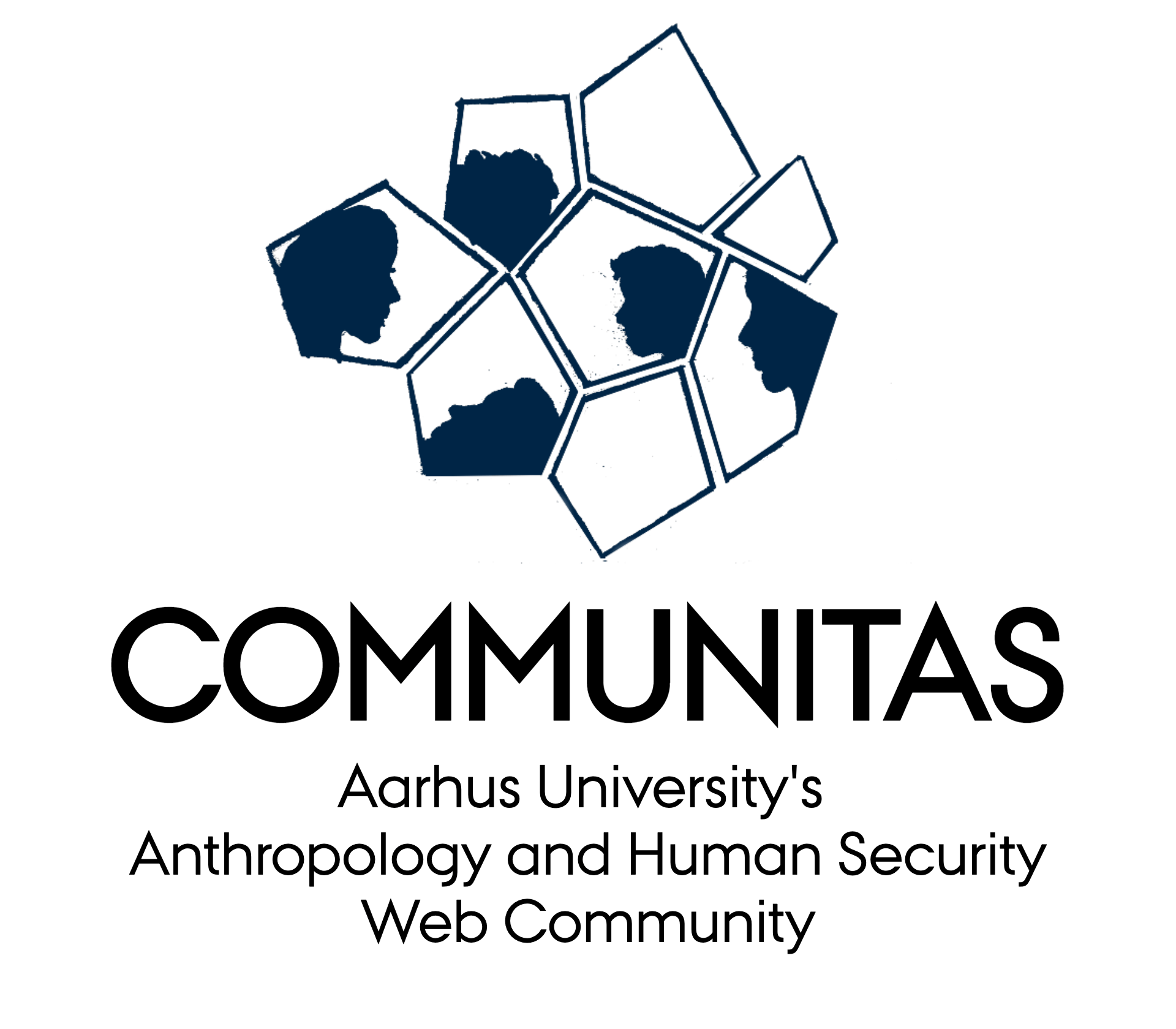Dominic Pascal Ahrens, Master’s Thesis, Human Security, Aarhus University, December 2019.
Executive Summary
As a response to the current dramatically changing climate and devastating disaster impacts, the global community promotes an integrative approach that incorporates the fields of climate change adaptation, disaster risk management, and sustainable development. Within this realm, resilience has been increasingly called upon over the last decade, notably since the adoption of the Hyogo Framework for Action 2005 – 2015 as a global guideline on how to engage with disasters. Resilience is mainly understood as a set of capacities that allows a system to overcome the impacts of a disturbance. Hence, unlike many other concepts in the field that mainly focus on risks, hazards, and vulnerabilities, resilience emphasizes the abilities of communities to cope with disasters. As such, the concept is predominantly perceived as a positive approach and a desirable development pathway.
The recent discourse on resilience in disaster studies, however, is characterized through multiple, at times conflicting interpretations that stem from diverse disciplines, such as physics and engineering science, ecology, or psychology. Consequently, there are different understandings of the capacities of a resilient system. A resilient system can be stable and withstand disturbances. A resilient system can get damaged, but then quickly recover. A resilient system can also learn from and adapt to disturbances, or a resilient system can change fundamentally after a disturbance. As such, the concept has been criticized for being too vague and causing confusion. The challenges become particularly apparent for those who engage with the concept in practice.
In order to contribute to the growing attempts of scholars to operationalize resilience, this case-study from the British Virgin Islands aims to investigate the role that the concept played in the disaster risk management in the context of Hurricane Irma in September 2017. The study draws on the qualitative and quantitative data that the author collected during his field research in the country from August 2018 to December 2018, which is integrated into a mixed-methods design.
In the first instance, the study examines the most significant challenges, best practices, and solutions for improvement to present a holistic picture of the disaster risk management context. The findings show that the biggest challenges have been the rigid immigration and labor laws, the housing situation, violence in terms of looting and robbery, the collapse of basic infrastructure, and most notably, a lack of communication and information exchange. Best practices, among others, could be identified within public-private partnerships, the integration of traditional knowledge, external assistance, and the rapid adjustment of laws and policies. Identified areas and solutions for improvement include decentralized desalination plans, a better understanding and awareness of insurance processes, portable telecommunication systems, a return to simplicity, reshaped Community Emergency Response Teams (CERT) activities, as well as more profound and contextualized capacity building.
In a second step, disaster resilience is discussed based on the previously identified information of the overall context. The findings reveal that resilience plays a vital, however, not entirely positive role. The capacities that can be attributed to the resilience concept enabled certain components of the system not only to overcome the impacts of the hurricane but also to bounce forward to an improved status quo.
However, the disaster risk management process also revealed weaknesses that can be linked to inadequate application of resilience measures. The weaknesses can also be attributed to the increasing number of conceptualizations on how to respond to unknown and unprecedented risks, which causes confusion and often exceeds knowledge as well as capacities to engage with resilience more deeply. In the BVI, this problem becomes most apparent during the rebuilding process, where funded resilience initiatives rebuild the public and governmental infrastructure, and private households and businesses are not able to follow the pace and struggle to move forward. The promotion of the concept as a shiny future goal and desirable development path, hence, is problematic. If not applied carefully, undesirable properties of the system might as well be reinforced through resilience initiatives and eventually cause marginalization and exacerbated inequalities.
Ultimately the study presents a reshaped conceptualization of the Community Emergency Response Teams (CERT) that have been fostered by the government in recent years. The reshaped concept attempts to tackle precisely those challenges that have been identified as most relevant during and after Hurricane Irma in order to place resilience measures where they are most effective. Most notably, the conceptualization aims to improve the communication and information exchange while connecting communities with crucial stakeholders, not only in the response phase but also during mitigation, preparedness, and recovery times.
